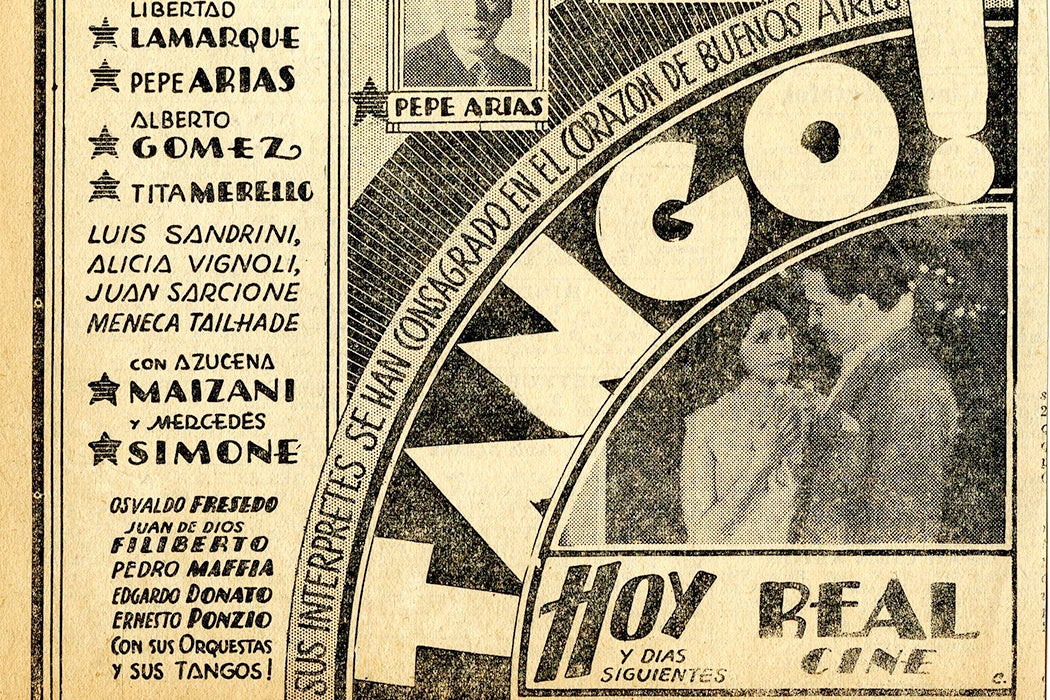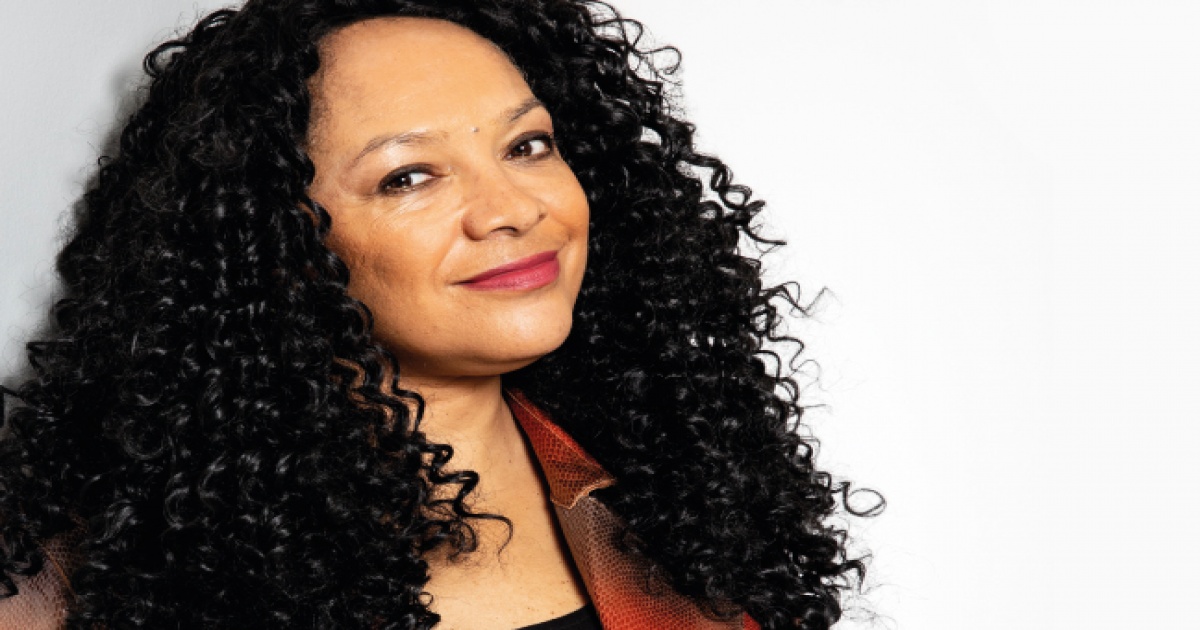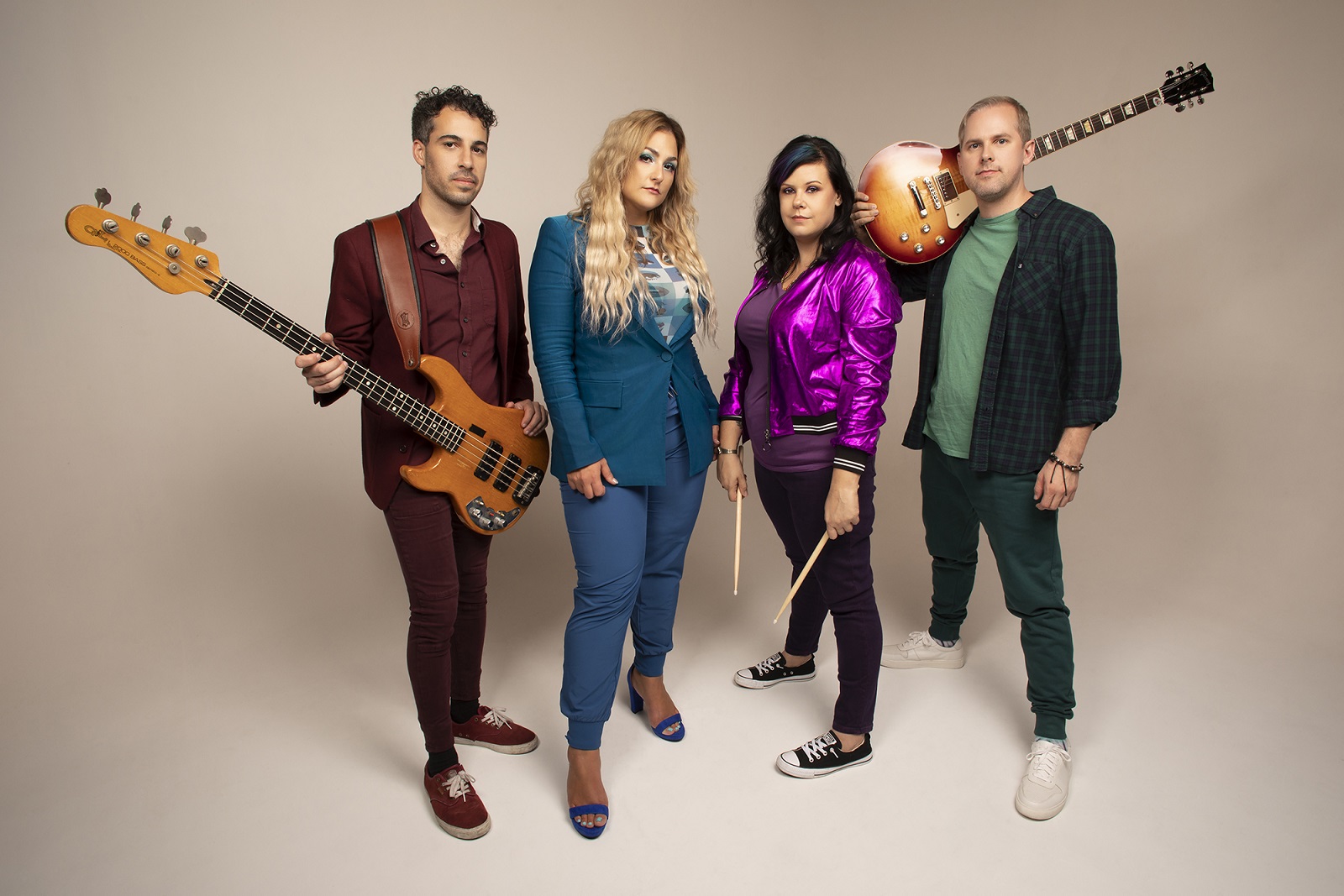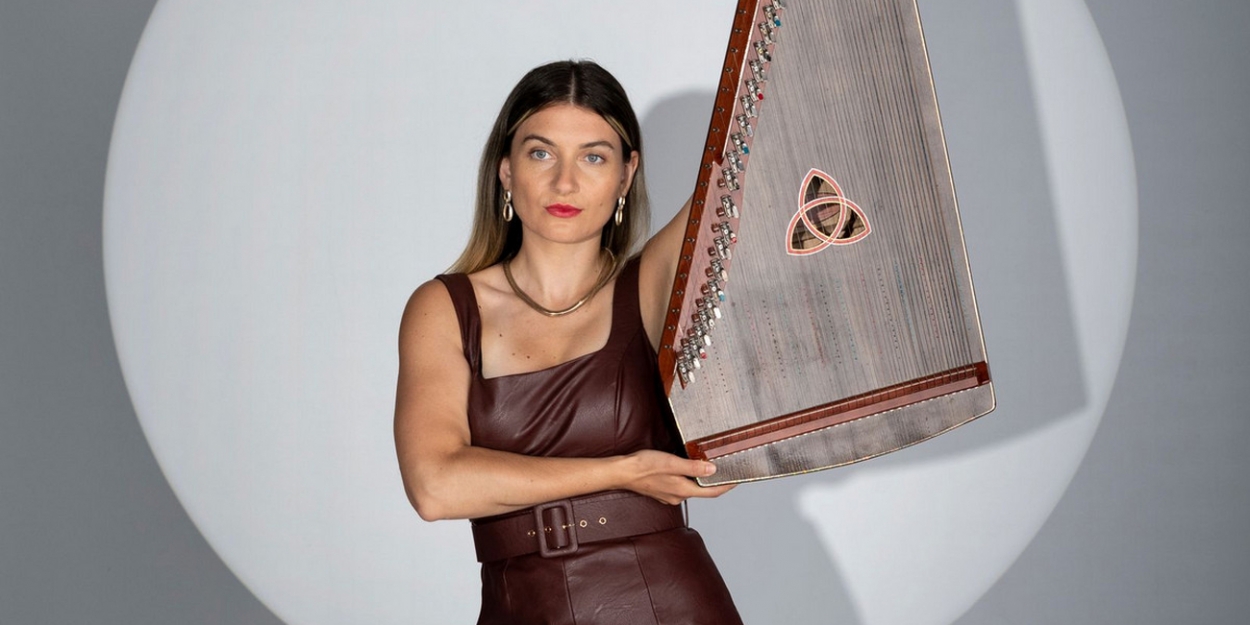“I am the tango, gentlemen.”
When Argentinian singer Azucena Maizani presented her performance with these words, it was not only provocative, says Sirena Pellarolo, a specialist in Latin American studies, it was also helping to change the culture of tango.
In the 1920s and 1930s, tango was “strictly monopolized by men”, and Maizani’s statement made her one of the many tango singers who claimed their own space in music. And more than that, writes Pellarolo: “the bold display of their femininity on stages traditionally reserved for men and their occasional use of flirting” marked a change in the way women have performed and been portrayed in the genre. .
Women have long been predominant in the tango, but not always in a flattering way. Songs often described them as “dangerous social parasites, traitors to their former lovers, their neighborhood, their values and their social class,” according to Pellarolo. But the female performers known as the cancionists advances the genre. Cancionists have become public figures and models of Argentine femininity, Pellarolo explains. Their performances delighted an audience of women who reflected on stage. And from the stage, the the cancionists have found their own means of liberation. Performance was a form of freedom, writes Pellarolo, a respite from “precarious employment opportunities. [for those] who refused to accept outdated gender roles in the early days of capitalism.
Although the tango became big business, it began as a dance performed mainly in “the brothels around the port of Buenos Aires, among the immigrants living in the port area,” writes ethnomusicologist Moshe Morad. Its exact date of origin is unknown, but the dance probably began at the end of the 19th century. The music that accompanies it is a combination of the cultures of the region, a mixture of “rural milongas (dances), Spanish and Italian tunes and the syncopated rhythms of the candombes of African slaves”, a style of music played on percussion , writes Pellarolo.
Tango songs, which added lyrics to dance tunes, saw their popularity increase from 1918. They would form the basis of tango storytelling for hundreds of songs – songs that “cater to the mobile woman. ascendant of a male character in the first person – a resentful ex-lover, who bemoans not only the loss of the sentimental bond, but perhaps more importantly the economic support provided by the woman, ”writes Pellarolo.
As the songs portrayed women as social climbers leaving the safety of their homes, female performers increasingly found financial security through them. But it came with embracing more rigid gender roles. Popular female performers often wrote songs as well, but often they were not credited. A singer, Maria Luisa Carnelli, found a way around this by using male pseudonyms “to ensure that her compositions would be marketed fairly in an industry controlled by men.”
Azucena Maizani also wrote several popular songs. In her rejection of the genre’s staid gender roles, she was not only given full credit for her work under her name, she also starred in a “male character,” Pellarolo writes. In the 1933 film Tango!, the provocative butch Azucena stand[s] in the center of the stage, wearing an elegant double-breasted pinstripe suit.
Music and politics are often intertwined, and as Pellarolo notes, the women who claimed their place in the tango were not only innovative musicians; they also “subverted patriarchal notions of gender, national and class identities and staged a space of possibility of decolonization”.
Support JSTOR daily! Join our new membership program on Patreon today.
Resources
JSTOR is a digital library for academics, researchers and students. JSTOR Daily readers can access the original research behind our articles on JSTOR free of charge.
By: Sirena Pellarolo
Journal of the Theater, Vol. 60, n ° 3, Feminism and theater, Redux (October 2008), pp. 409-431
Johns Hopkins University Press
By: Moshe Morad
French Ethnology, T. 46, n ° 1, ARTS ET JEUX DE GENRE (January-March 2016), pp. 103-114
University Press of France




